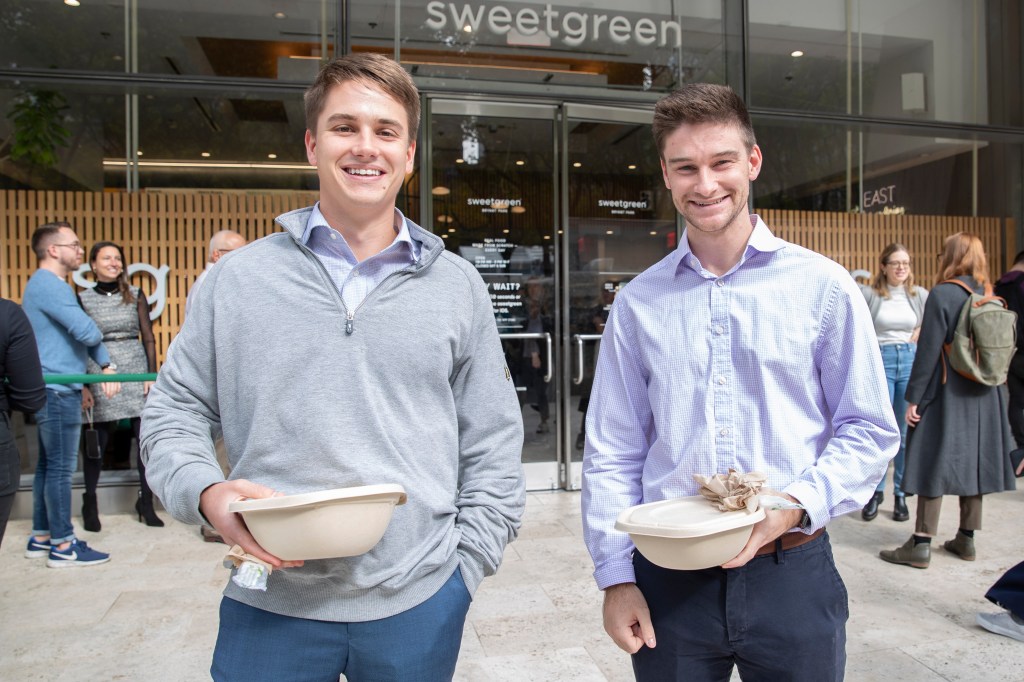Why workers are no longer bringing a packed lunch from home — despite inflation: ‘A thing of the past’
Contact The Author
We’re packing in packed lunches.
Americans who have returned to the office in the wake of the COVID pandemic are less likely to bring food from home, psychologists say — and there are several reasons why.
While the exact number of white-collar workers who now bring in a pre-packed lunch has not been measured, it was seemingly far more common prior to the pandemic.
One 2016 survey found a majority of respondents brought food with them on most of the five days they were required in the office, spending less than $25 per week buying lunch out.
Now, however, psych experts and social workers are seeing an uptick in clients who say they’ve given up on planning and preparing their lunches — even as the cost of buying grab-and-go options soars amid inflation.
“Meal-planning feels like a thing of the past,” social worker Lynn Zakeri told Time, saying hybrid home and office schedules have thrown old routines out the window. “People don’t go to the grocery store once a week anymore.”
Psychologist Jolie Silva concurs, claiming that working in the office five days a week forced employees to be more rigid with their routines.
“[Now] you have three days a week where your morning routine is different, and so you have to really think about what you’re doing,” she stated.
For some, that can be too overwhelming.
“There’s so much thinking involved, it’s exhausting,” Zakeri stated, saying her patients now have a “more impulsive approach to meals” that makes them more prone to buying a grab-and-go lunch.
Additionally, Zakeri says many of her clients are now making a conscious effort to “listen to their mental health” following the chaos of the pandemic.
Buying lunch gives workers an opportunity leave their desks and take a walk outside, allowing an “intentional break” to reset, rather than rushing to the work microwave and subsequently shoveling down last night’s leftovers in front of the computer.
Meanwhile, another psychotherapist says being confined to the house during the pandemic has made people more eager to get outside — even if it’s just for a walk to Sweetgreen for a $16 salad.
“Changing your environment changes your mental landscape,” she told Time, saying it offers “low-stakes excitement.”
And given that many workers are only required in person two or three times a week, they are more likely to perceive buying lunch on those days as a “treat” for schlepping into the office.
Stepping out with co-worker to grab lunch on one of those days also feels like a social event, Silva theorizes.
“People are craving the interaction they might get from grabbing a sandwich with a colleague, or even standing in line with someone at Starbucks,” she explained.
For some, that experience is well worth the money you might save if you’re bringing food from home, inflation be damned.















